The Resurgence of Tariffs: A Deep Dive into U.S. Trade Policy
Tariffs are making headlines again, and the implications are extensive. From their early inception to their modern-day application, understanding the journey of tariffs in the United States is pivotal. In this article, we’ll explore the rich tapestry of U.S. tariff history, why they are experiencing a revival, and why not everyone is thrilled about this trend.
H2: A Historical Overview of U.S. Tariffs
H3: The Revenue Era: Beginnings of Tariff Implementation
The story of U.S. tariffs begins in the late 1780s, a time when the nation was struggling to fund its government. According to Doug Irwin, a political economist from Dartmouth College, the first significant tariff act was born out of necessity: “The most important problem that was facing the country was the government had no money.” At this point, tariffs were the primary source of federal revenue, as Americans were still decades away from a viable income tax.
Ships laden with imported goods were met with the ultimatum: pay up or forfeit your cargo. This system laid the groundwork for how the nation would generate much-needed funds.
H3: A Shift Towards Protectionism
Fast-forward to the mid-1800s, and the primary goal of tariffs underwent a significant transformation. As U.S. industry began to burgeon, protectionism became the name of the game. Steel producers and textile manufacturers pushed to keep foreign competitors at bay—thus shifting the focus of tariffs from revenue generation to market restriction.
H4: The Smoot-Hawley Tariff Act: A Cautionary Tale
The movement toward protectionism peaked in 1930 with the infamous Smoot-Hawley Tariff Act. Initially aimed to shield U.S. farmers, the tariff soon ballooned. Rival lawmakers engaged in a “you scratch my back, I’ll scratch yours” dance, leading to an explosion of tariffs on thousands of goods. This, in turn, initiated a global trade war, demonstrating how interconnected the world truly is.
H3: The Era of Reciprocation
By the late 1940s, policymakers recognized the destructive path of excessive tariffs. This realization ushered in a new era of tariff policy—reciprocation. Countries began to negotiate and lower tariffs, promoting freer and fairer trade. This collaborative spirit was epitomized with the creation of the World Trade Organization (WTO), a framework aimed at fostering global trade.
H2: The Modern Tariff Landscape
H3: The Roots of the Resurgence
Despite the benefits of the reciprocation era, the last few decades have witnessed significant upheaval in the U.S. manufacturing sector. Many American jobs were relocated overseas, leading to rising discontent among workers who felt left behind. This sentiment has set the stage for the resurgence of tariffs today.
H3: What’s Driving Current Tariff Policies?
In recent announcements, such as those from former President Trump, new tariffs on imported goods have been pitched as “reciprocal tariffs.” But critics, including economists like Luis Baldomero Quintana from William & Mary, caution against this approach: “Tariffs are taxes, and someone pays for those taxes.” In many instances, the burden falls on American businesses and consumers—those the tariffs aim to protect.
H2: The Economic Repercussions of Tariffs
H3: Are We Opening Pandora’s Box?
As tariffs come back into play, the potential repercussions could be far-reaching. Increased prices of imported goods may squeeze consumers, while domestic industries might face retaliatory tariffs, constraining their growth. Efforts to protect American jobs through tariffs might yield unintended consequences, triggering a cycle of higher prices and reduced economic competitiveness.
Conclusion: A Complex Equation
The journey of U.S. tariffs reveals a complex equation where economic realities and political agendas intertwine. While the intention of tariffs may be noble, the implementation poses questions that demand careful consideration. Are tariffs truly the answer, or are we opening the floodgates to further economic challenges? As history has shown us, the answer is not always straightforward.
For those looking to dive deeper into U.S. tariff policy, consider exploring resources from trusted organizations such as the Brookings Institution or the National Bureau of Economic Research.
By reshaping our understanding of tariffs, both consumers and policymakers can navigate this multifaceted issue with a keen eye—and perhaps chart a course toward a more favorable trade landscape.






